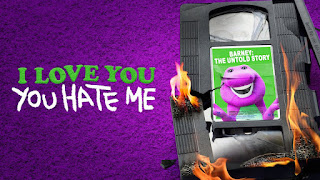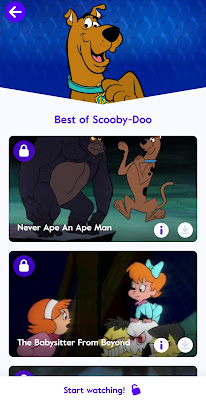Nickelodeon's classic made-for-television films played a pivotal role in shaping the channel's identity and legacy.
These made-for-television films are not to be confused with Nickelodeon's films released to movie theater's. Emerging in the 1990s, these films, not only captivated young audiences but also pushed the boundaries of children's programming by blending humor, adventure, and relatable themes. They provided a platform for creative storytelling that resonated with kids and tweens, establishing a unique brand of entertainment that was both quirky and meaningful. This innovative approach not only solidified Nickelodeon's reputation for producing memorable content but also laid the groundwork for future generations of family-friendly films and series, cementing the channel's role as a cornerstone of childhood nostalgia. Through their distinctive flair and engaging narratives, these films not only entertained but also fostered a sense of community among viewers, influencing pop culture and the television landscape for years to come. Here is a list of ten classic and iconic TV movies made for the network:
Doom Runners (1997)
Doom Runners is an Australian science fiction television children's film. Produced in cooperation between America's Paramount-owned Showtime and Nickelodeon, the film was telecast on Showtime starting December 20, 1997 and telecast on Nickelodeon the next year. The film featired the talents of Tim Curry, Bradley Pierce and Peter Carroll among others.
WATCH HERE: https://pluto.tv/us/on-demand/movies/65e77865fc416f0013e84a79?utm_medium=ossearch&utm_source=google
New Kids on the Planet (2000)
New Kids on the Planet is the television film of Cousin Skeeter. The television movie premeired on July 8, 2000. This was the first appearance of the puppet character of Nicole.This is also the only time where the Men in Black from the 1997 movie of the same name are seen. The one-&-only tv film for the tv show starred Robert Ri'chard, Meagan Good, Rondell Sheridan, and Angela Means. Skeeter was portrayed by a hand puppet with Bill Bellamy providing the voice.
Two Heads Are Better Than None is a made-for-TV movie based on Nickelodeon's American teen sitcom Kenan & Kel released on July 15, 2000. It stars Kenan Thompson as Kenan Rockmore and Kel Mitchell as Kel Kimble. It is the first movie and serves as the last episode of the series.
It was the only Kenan and Kel episode not to be taped in front of a live audience. However, there is a scene that opened the special where Kenan and Kel step in front of the red curtain in front of the main set of the show, only to realize that there is no audience since the two couldn't bring them on the road trip. This scene was never shown on television rather it was included on it's iTunes release. This film is definately a Halloween classic in the ranks of Halloweentown.
After its initial premiere, it was never released on any form of home media, or aired outside of the United States.
The film was originally envisioned as a big cinema film with a budget of $10 million; however, Nickelodeon's parent company Paramount, had different ideas, and the film was ultimately shelved. A year later, Nickelodeon reopened the plans for the film and wanted to go ahead with production, although the film had a reduced budget of $800.000. This film automatically goes into the Nickelodepn vault!
All Growed Up was an hour-long episode of Rugrats from Season 7. It premiered on July 21, 2001. The television movie is considered the pilot episode of All Grown Up!, a successful sequel series of Rugrats. In this case, the special became so popular that it spawned the sequel.
The film serves as a prequel to The Wild Thornberrys series. It has a similar style but delves in quite deep into the backstory with lots of flashbacks.
Far from Home (2003)
Far From Home (listed as Foutleys on Ice on Paramount+) covers the first three episodes of the third season which was broadcast on August 9, 2003. During the premiere of the episode on Nickelodeon, it was sponsored by McDonald's and Kellogg's Eggo Waffles. The intense nature of the TV films plot, makes this silver screen gem one for the books. It immediately unforgettable and shocking with both original and new viewers.
The Jimmy Timmy Power Hour (2004)
The Jimmy Timmy Power Hour was an American crossover television special between the animated television series The Adventures of Jimmy Neutron, Boy Genius and The Fairly OddParents.
Hey Arnold!: The Jungle Movie is a 2017 American animated adventure comedy television film based on the Nickelodeon series Hey Arnold!, which was created by Craig Bartlett and originally aired from 1996 to 2004. Following the 2002 theatrical film Hey Arnold!: The Movie, The Jungle Movie expands on the two-part episode "The Journal", which originally aired on November 11, 2002 during the series's fifth season.
The original broadcast of the film was watched by 1.63 million total viewers when it premiered on Nickelodeon with simulcasts on TeenNick and Nicktoons, with a combined 0.46 rating in the 18–49 demo.




























.webp)


.jpg)

.jpg)




.jpg)







